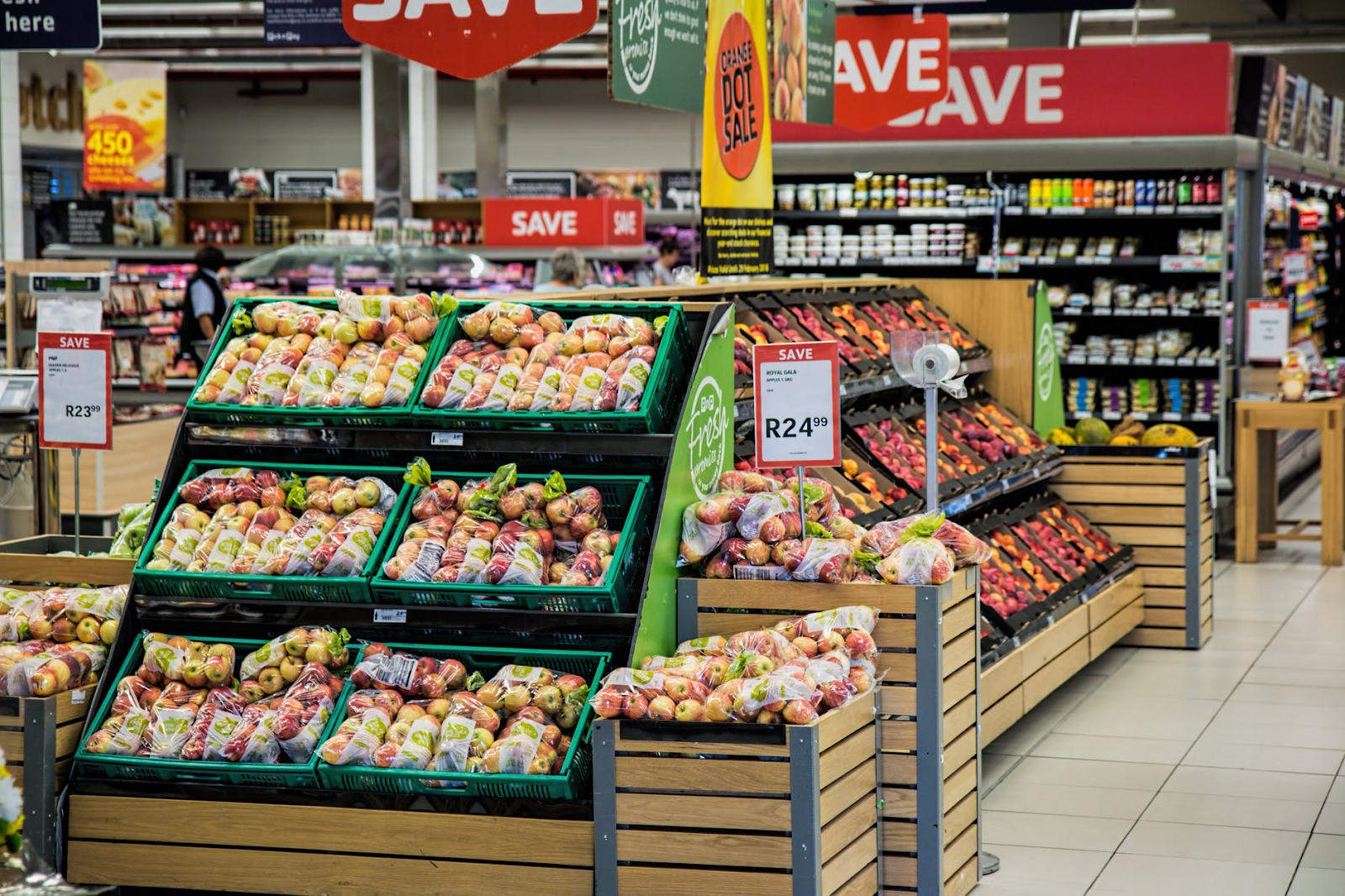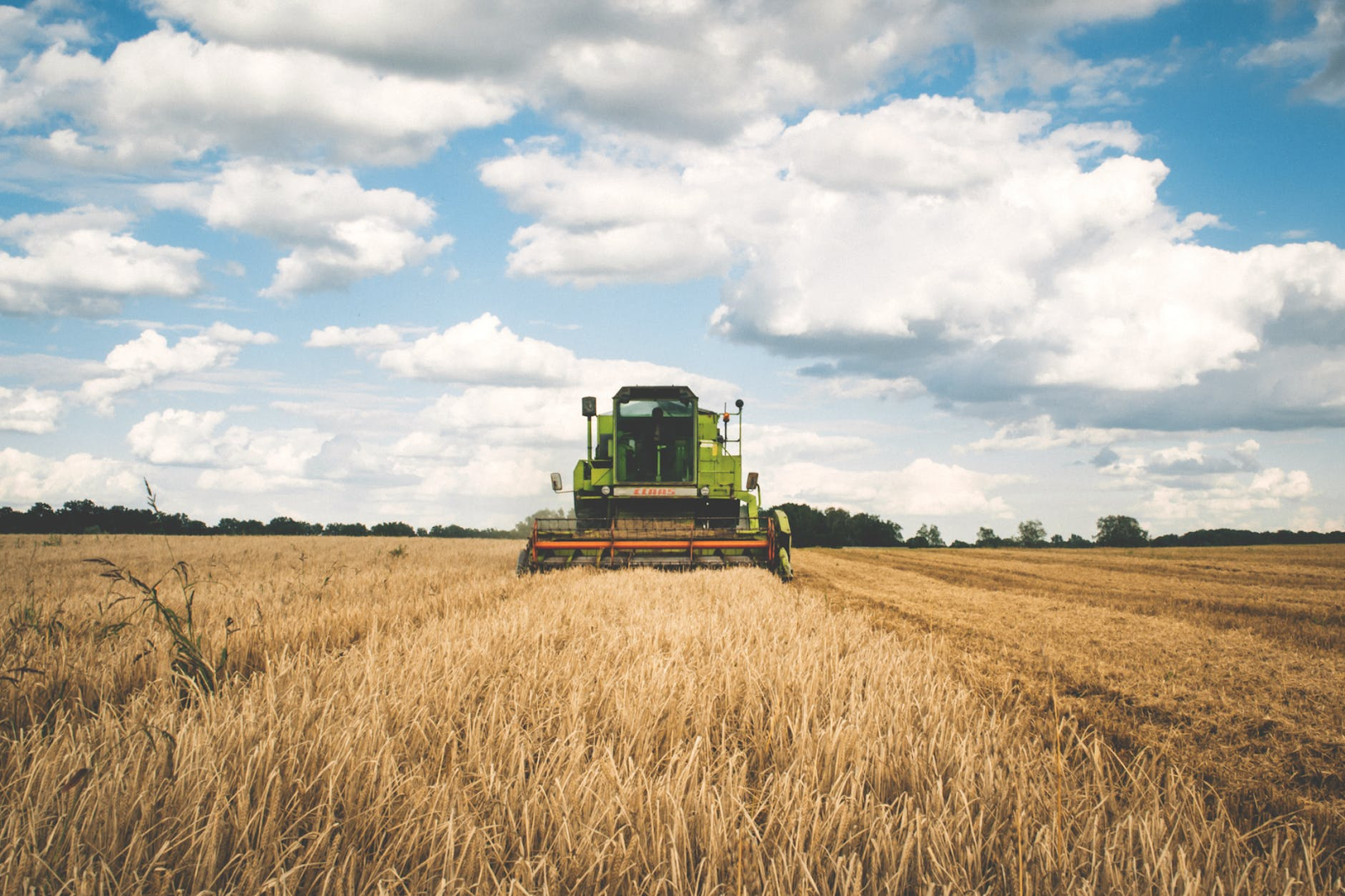Jun 11, 2019
The Economics of Produce: Harnessing Technology to Lower Production Costs

As the global population grows, the world’s farmers are searching for new ways to feed everyone. Despite recent technological innovations in the farming industry, including vertical farms and the use of agri-robots, food insecurity remains a major issue in the 21st century.
According to Time, more than 50% of all human calories come from just three plants: rice, corn, and wheat. While more varied diets are common in first-world countries, many urban dwellers lack regular access to fresh fruits and vegetables, most notably within food deserts. And as production costs continue to rise, especially in the realm of organic produce, we face even greater challenges in the accessibility of fruits and vegetables.
Increasing minimum wage laws also come into play when it comes to the profitability of farms. More than half of U.S. farms are small-scale operations, bringing in less than $10,000 in annual sales, reports the United States Department of Agriculture. These smaller farms rely on off-farm sources for the majority of their household income, and must adapt more quickly to rising production costs in order to remain economically viable.
Rising Production Costs and Minimum Wage
While the federal minimum wage has been set at $7.25 since 2009, many cities and states have implemented higher minimum wage standards to offset inflation and an increased cost of living. A federal minimum wage was initially set in 1938 with the passage of the Fair Labor Standards Act, but exceptions were put in place within a number of industries.
The FLSA protects farm workers in most situations, but those workers are not entitled to time-and-a-half overtime pay, reports Fiscal Tiger. Further, farm workers related to the owner, those paid a piece rate, and small-scale farm employees may not always receive the federal minimum wage.
As the minimum wage increases in certain locations, so do operating costs. Unfortunately, the farming industry as a whole is subject to price standards. That means that increasing crop prices may not be an option to offset rising labor costs, as the industry is largely dependent on trade markets when it comes to return on product. Therefore, more and more farms are looking to cut production costs elsewhere, leading to more automation and the planting of crops that are less labor-intensive.
.png)
Benefits of Healthier Eating
A lack of healthy food is linked to a variety of health conditions, including heart disease, diabetes, and obesity. These illnesses significantly impact the U.S. economy to the tune of $160 billion annually, according to Pacific Standard. In an effort to curb health-related costs due to poor diet, many states have implemented programs designed to give low-income families better access to fresh fruits and vegetables.
The federal government is also doing its part to keep low-income Americans healthy. In 2014, the Food Insecurity Nutrition Incentive (FINI) grants program was established as part of that year’s Farm Bill. The program allotted $100 million over the course of five years, offering farmers markets incentives to attract food-aid recipients. Today, a number of states offer double the amount spent on locally grown produce to those who receive Supplemental Nutrition Assistance Program (SNAP) benefits.
Along with the aforementioned major illnesses, dietary changes can also improve a variety of other health conditions and diseases. For example, studies show that a healthier diet may reduce the presence of varicose veins. By decreasing processed sugar intake and eating more foods that contain “rutin,” which stimulates the circulatory system, varicose vein symptoms such as swelling and pain can be reduced. Rutin-rich foods include grapes, blackberries, apples, and apricots, many of which can be found at local farmers markets.
Certain foods can be triggers for those living with rosacea, a skin condition that causes redness and visible blood vessels in the face. Rosacea dietary triggers include alcohol, spicy foods, and marinated meats, although they can vary among individuals. Conversely, probiotics, such as those found in yogurt and tempeh, may play a role in reducing rosacea symptoms. No matter the health condition, improving one’s diet is an effective way to stay healthy and reduce medical costs.
Emerging Farming Technology
.png)
As we learn more about the connection between food choices and health, farms must adapt to meet the changing needs of consumers. The demand for organic produce is on the rise, as more individuals care how and where their food is produced. Many farms are successfully experimenting with greenhouse-grown organic produce in an effort to increase production yield.
Technology is a major player in today’s food production market, and automation is one emerging innovation that’s helping farms of all sizes streamline operations while cutting costs. In indoor settings, between 26% and 40% of operating costs are spent on labor, and automated processes are helping to reduce those numbers. Robotics, automation, and AI allow farmers to better allocate their time, as well as significantly reduce water consumption.
For example, a farm in San Carlos, CA, is using robotics and AI to harvest its greens. Iron Ox uses robotic picking arms, hydroponic vats, and a self-driving porter — all overseen by a central computer program — to do most of the work. Humans still have to plant the seeds and package the harvest, but everything in between is done by automation.
The farm launched in 2015 in an 8,000 square-foot indoor space, or roughly 0.2 acres, and aim to grow about 26,000 heads of lettuce, leafy greens, and herbs each year. After four years, they began selling their harvest at a single Bianchini’s Market location in early May. The farm is just 0.6 miles from the store, or about half of the distance a typical head of lettuce travels. This reduces transportation costs and food miles, decreasing the environmental impact of the food.
Production costs, thanks to having to create the entire system and robots to do the work, are still high. That translates to Iron Ox’s products being labeled as boutique, and about on par with Whole Foods. Human workers are still cheaper than robots, but long-term savings might be seen as robots have no need for rest, able to work around the clock and continue producing.
Cutting production costs offers farmers a greater opportunity to turn a profit without increasing crop prices at the consumer level. Although it is not quite there yet, automation could prove the best way to produce more harvest with a smaller environmental impact. While it is currently not as cheap as traditional farming, robots could save on production costs in the long term while offering higher yields thanks to not needing sleep. Consumers benefit from larger yields as well, as produce prices remain affordable and crops are distributed more widely, giving low-income families greater access to a variety of fresh foods and vegetables.
Author Bio: Jori Hamilton is a writer from the pacific northwest with a passion for covering climate change issues, social justice, and technology. You can follow her on twitter: @hamiltonjori
Further Reading
HOW TO PROMOTE SUSTAINABILITY IN RURAL AMERICA
LOCALLY GROWN PRODUCE IS GAINING POPULARITY IN UAE
